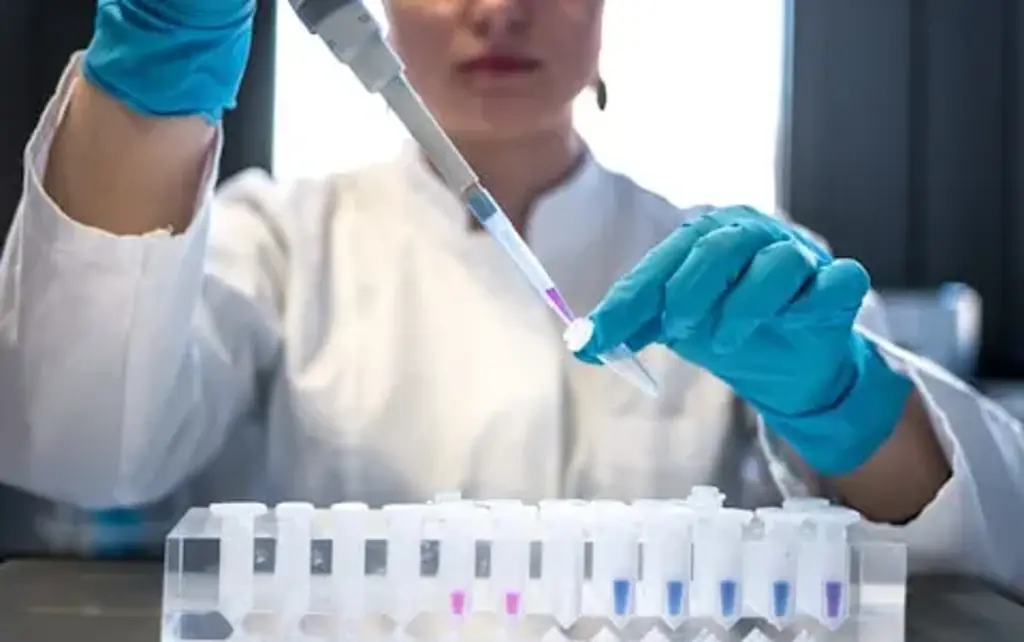Regardless of which side of the capital punishment debate you fall on, I think we can all agree that the thought of a botched execution is horrifying. This, however, was the reality for one death row inmate who managed to survive the lethal injection.
The government-sectioned practice is still in widespread use across the globe, and in a surprising amount of American states such as Alabama, Florida, California and Washington. And while anti-death penalty lobbying has gained substantial traction in recent decades, there are still 3,025 inmates awaiting execution across the US.
One such is prisoner is Doyle Lee Hamm who was due to be executed by state lethal injection last month. The procedure, however, was ultimately cancelled. Hamm's lawyer, Bernard Harcourt, has alleged that the execution was stopped after medical staff were unable to locate a usable vein to administer the drugs. The inmate has now spoken out about the experience, describing it as "torture".
According to a medical report filed on Monday, death-row inmate Doyle Lee Hamm told a doctor that an attempt to execute him last month was so painful that he prayed for a quick death.
Alabama prison officials were forced to cancel Hamm's execution on the 22nd of February as they were unable to find a viable vein by midnight - the time when the prisoner's death warrant was set to expire.
Hamm's attorney, Bernard Harcourt, has since stated that the experience was tantamount to torture. He stated that an intravenous team repeatedly punctured Hamm's legs, before another medical worker attempted to put a central line through his groin.
"During this time Mr. Hamm began to hope that the doctor would succeed in obtaining IV access so that Mr. Hamm could 'get it over with' because he preferred to die rather than to continue to experience the ongoing severe pain," Dr. Mark Heath wrote in a report that was filed on Monday.
"At one point a large amount of blood began to accumulate in the region of Mr. Hamm’s groin. The blood soaked a pad or drape, and another one was applied," he continued.
Heath was retained by Harcourt to examine and interview Hamm after the botched execution attempt, and photos show numerous puncture wounds on the prisoner's legs and groin, as well as heavy bruising. The doctor's report, which was based on Hamm's description of the procedure, details a frantic scene which included medics "mashing" needles into the his veins - veins which had been compromised by years of drug use and illness.
The convict has since reported blood in his urine, and Heath stated that this could indicate that Hamm's bladder or prostate may have been punctured. The report adds that the amount of blood described could suggest that his femoral artery was also penetrated.
Hamm, who has been on death row for three decades for the murder of a night clerk back in 1987, is now experiencing nightmares and distressing flashbacks. "The flashbacks occur when he is alone, and involve imaging himself strapped to the gurney. He can feel his heart racing during the flashbacks. He is appreciative of the support of other death row prisoners who are asking what they can do to help him recover," Heath continued.
The Alabama Department of Corrections has refused to comment on Harcourt's allegations, nor release any paperwork related to the case. On Monday, Harcourt filed appeals in two courts to challenge the legality of attempting to execute a prisoner twice.














